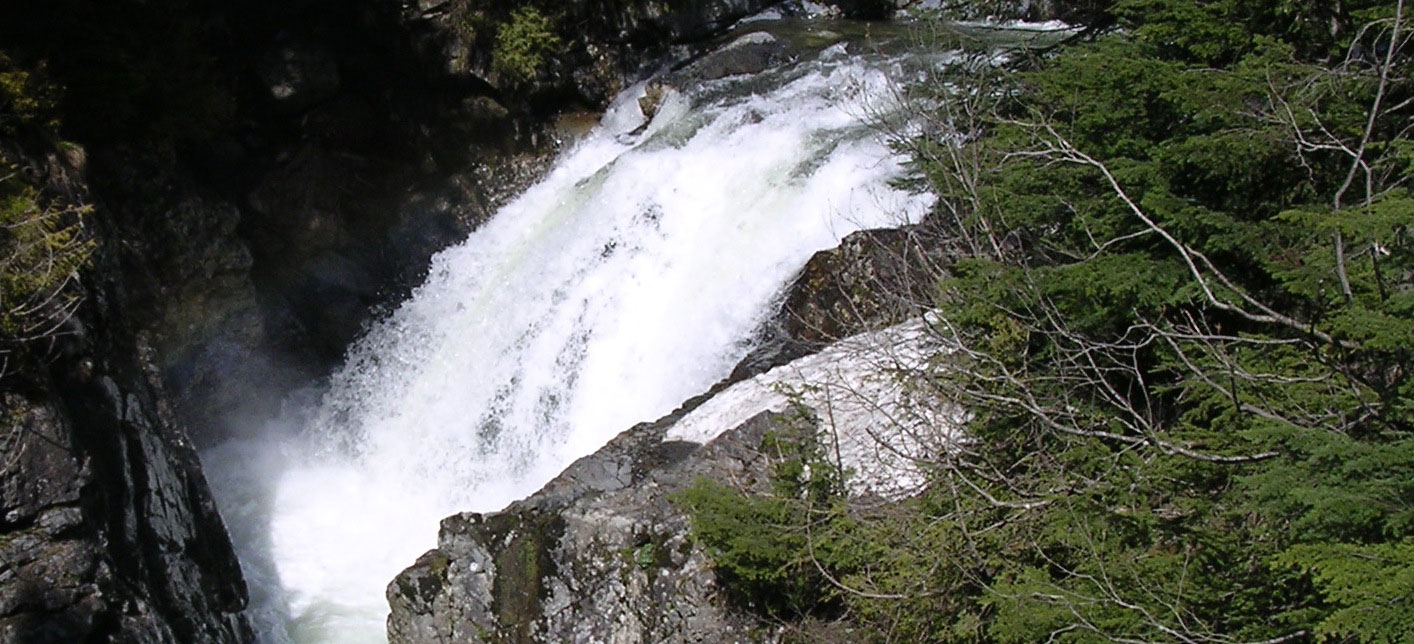Water Scarcity Discussion
Shasta Dam Raise Scenario
Background:
Water is a scarce resource in the Dry Summer Subtropical climate of California. Presently California uses ~ 35-45 million acre-feet (MAF) of water each year for agricultural and urban needs. According to the Public Policy Institute of California, “Statewide, average water use is roughly 50% environmental, 40% agricultural, and 10% urban, although the percentage of water use by sector varies dramatically across regions and between wet and dry years” (PPIC, 2019). Based on technical projections and models, demand for water will increase in the future due to population growth, climate change and other socioeconomic factors.
The question arises, where will new water come from for societal use and/or can we grow population while decreasing water use?
The U.S. Bureau of Reclamation proposes to raise Shasta Dam 18.5 feet, increasing the dam’s storage capacity by 630,000 acre-feet. The cost for this project was estimated at $1.4 billion in 2014, so accounting for inflation that is now even higher. Half of that cost could be paid by the American taxpayer if authorized by Congress (because the Bureau attributed half of the benefit as going to salmon), but the other 50% would have to be paid by a local partner, presumably whomever would value the benefits of that water supply.
Different stakeholders have different perspectives on this issue. Some are in favor of or against the project, while others may be in favor of or against the project but have not declared so yet.
Broad Assignment:
You will watch the movie Chinatown to view a dramatized, fictional perspective on a water supply development scenario in California. After watching the movie but before coming to your discussion section, everybody will read an overview document describing the project from the Federal government perspective. Further, after watching the movie but before coming to your discussion section, each person will be assigned to a stakeholder viewpoint and you will read a document presenting the viewpoint you are assigned to articulate. In class you will participate in discussion of the scenario.
Everybody reads:
Stakeholder ID’s For This Assignment:
- U.S. Bureau of Reclamation
- State of California
- Westlands Water District
- Winnemem Wintu
Specific Readings By Stakeholder ID:
You are welcome to search the internet to find more resources in support of discussing the viewpoint you are assigned to represent.
1. Skim through the executive summary document, USBR, 2014. Shasta Lake Water Resources Investigation, California Final Environmental Impact Statement.
- I realize this is a 138 page document, so you’ll have to be very selective about what to look at. Figuring out how to extract essential information from a longer document is a good skill to practice. Spend no more than 1 hour on this.
4. There are two short readings:
Activity In Discussion Section:
- 7 minutes settling class down, deal with class issues, and TA intro to scenario.
- 7 minutes discussion with same all people with same viewpoint discussing how to make your main points
- 7 minutes with an opposing viewpoint, one-on-one
- 7 minutes with an opposing viewpoint, one-on-one.
- 7 minutes with an opposing viewpoint, one-on-one.
- 7 minutes with an opposing viewpoint, one-one-one
- 7 minutes whole-class discussion wrap up.
Literature Cited:
PPIC (2019). Water Use in California. https://www.ppic.org/publication/water-use-in-california/


